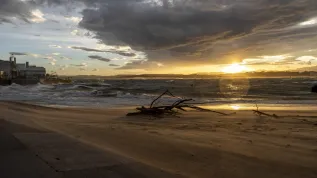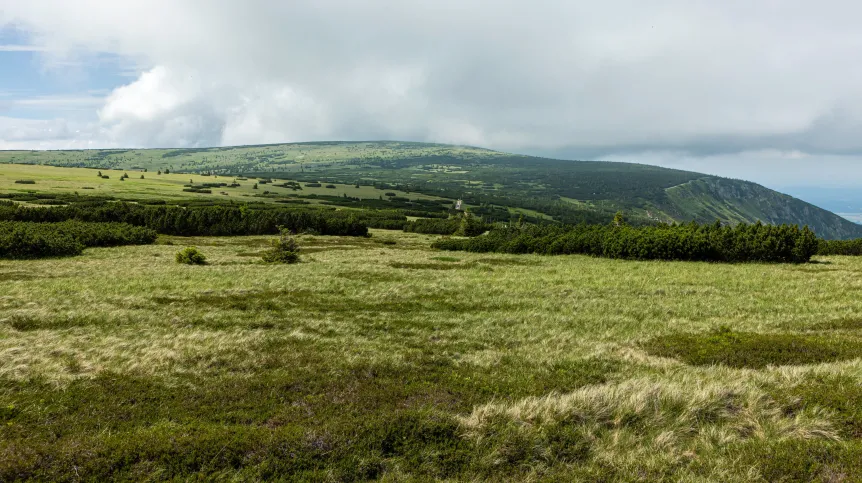
A peat bog in Równia pod Śnieżką is one of 12 candidate sites in the world that may become a 'golden spike', - the official border between the Holocene and the proposed Anthropocene - an epoch driven by human consumerism.
The site will be selected by members of the Subcommission of Quaternary Stratigraphy, the International Commission on Stratigraphy and the International Union of Geological Sciences.
Dr. Barbara Fiałkiewicz-Kozieł from the Adam Mickiewicz University in Poznań who has been carrying out research at the site said: “Large-scale human activity has left a significant mark in various environmental archives as well as in modern reality, as evidenced by the observed climate anomalies. The working group on the Anthropocene is looking for evidence that will form the basis to formally define a new geological epoch.”
The subalpine raised bog on Równia pod Śnieżką is fed only by atmospheric precipitation (ombrotrophic). This makes it a great archive of environmental changes and air pollution. The bog is a young rock made of living plants. According to the researcher, the boundary between the epochs is not visible at first glance. Only detailed analyses will allow to identify the epochs' boundary.
Fiałkiewicz-Kozieł, who is collaborating with researchers from the University of Silesia, the Institute of Nuclear Physics of the Polish Academy of Sciences in Kraków, as well as specialists from Argentina and the UK, said: “We have identified the signals read in all environmental archives of the world.
“Firstly, we have detected plutonium, globally dispersed during nuclear tests. Plutonium is present everywhere in the world and its record in environmental archives gives two clear date signals - 1952 and 1963. The signal dated to 1952 is proposed as the beginning of the new epoch.”
The researchers say they have observed the presence of new, technogenic particles created during industrial activity. These include spherical particles of carbon and aluminosilicates, whose owe their characteristic, spherical shape to the specific technology of coal combustion in power plants and thus can be distinguished from natural particles.
Fiałkiewicz-Kozieł said: “These characteristic spheres called fly ash are an obvious example of the impact of coal combustion. These particles are durable and resistant to environmental factors, so they will be recognizable in sediments for millions of years.”
During pollen analysis, scientists found pollen from invasive species, alien to our native flora. In their opinion, this is another effect of globalisation and the introduction of new species.
The Anthropocene is not yet an officially recognized geological epoch, but it is postulated by many scientific communities. This epoch is characterized, among other things, by loss of biodiversity (called the sixth extinction), climate change and, as a consequence, population migrations, melting of glaciers and ice sheets, changes in the frequency of disease, extreme weather phenomena and changes on the surface of the planet transformed in the process of urbanization and the development of agriculture and industry, exploitation of deposits and environmental pollution (smog, ozone hole, acid rain).
The analysis of carbon isotopes and the analysis of the species composition of amoebas - important ecological indicators - allow for the identification of global climate changes.
An international team of specialists is now collecting evidence of unprecedented changes worldwide from 'natural archives' (lake and marine sediments, peat, coral reefs and stalactites). The role of the stratigraphic commissions is to find a common point for all places around the world. For this purpose, 12 candidate sites from around the world have been identified that could become a 'golden spike' - the place where the lower border of the new epoch can be seen in a model way.
These sites are: the Atarctic Peninsula, Beppu Bay, Crawford Lake, East Gotland Basin, Ernesto Cave, Flinders Reef, Vienna Museum Excavation, San Francisco Estuary, Searsville Reservoir, Sihailongwan Lake, Śnieżka peat bog, West Flower Garden Bank reef.
Fiałkiewicz-Kozieł said: “In Poland, like in other countries, we observe the appearance of plutonium, the appearance of ash from coal combustion, global warming. In the case of contamination with heavy metals, the so-called great acceleration has been observed all over the world since the 1950s, despite the fact that the beginning and the peak contamination are observed in different places at different times.”
She added that the key element is the Great Acceleration, visible in every field - population growth, coal consumption increase, energy consumption increase, temperature increase, etc. Beginning in the 1950s, the first nuclear tests in 1952 mark the beginning of the new epoch.
Fiałkiewicz-Kozieł continued: “The importance of Śnieżka the Anthropocene has three dimensions. Firstly, the peat bog is surrounded by coal-fired power plants and factories that have caused enormous environmental damage. Secondly, it is an example of long-range pollutant deposition. Śnieżka, due to its location in the subalpine zone, receives pollution from all over Western Europe.
“The third, global dimension is the spread of artificial radionuclides, a great acceleration in the concentration and accumulation of heavy metals, the appearance of invasive species in the environment, and climate change.
“It is a huge experience in analysing peat profiles and understanding the importance of peat bogs on Earth. It is also the discovery of the fascinating world of nature that has to deal with toxic ash and climate change. Peat bogs are my passion.”
The decision on the selection of one of the 12 sites will be made in October. The selected site must receive 60 percent votes in each of the three votes. Find out more at: https://www.anthropocene-curriculum.org/the-geological-anthropocene (PAP)
Karolina Duszczyk
kol/ zan/ kap/
tr. RL
Gallery (6 images)
-
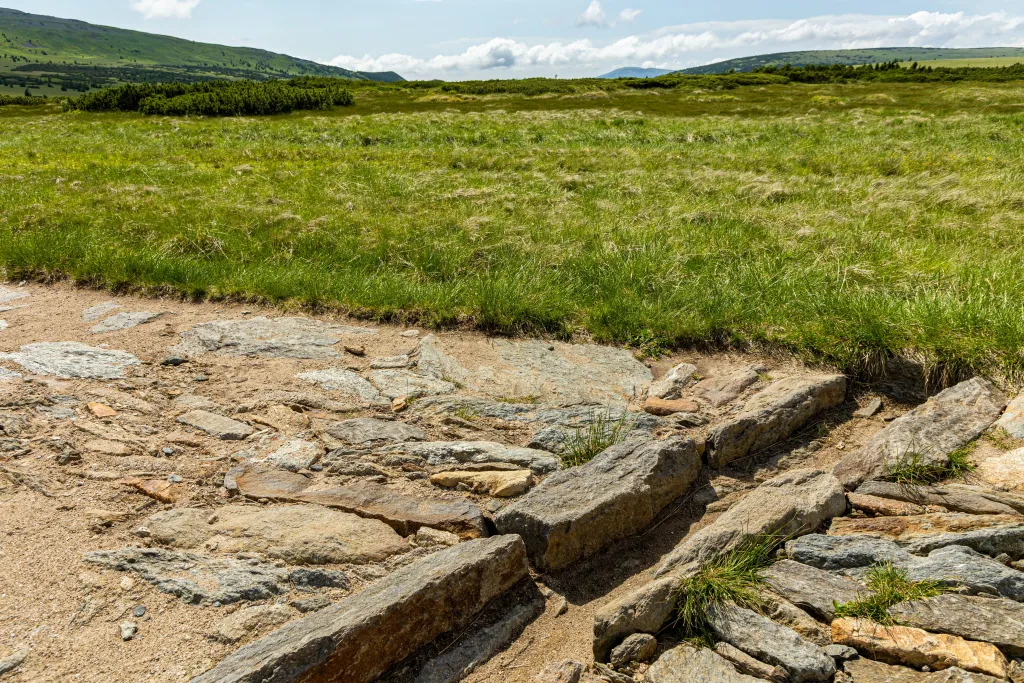 1/6Karpacz, 01.07.2022. The photo made on June 30 shows the peat bog on Równia pod Śnieżką. Credit: PAP/Aleksander Koźmiński
1/6Karpacz, 01.07.2022. The photo made on June 30 shows the peat bog on Równia pod Śnieżką. Credit: PAP/Aleksander Koźmiński -
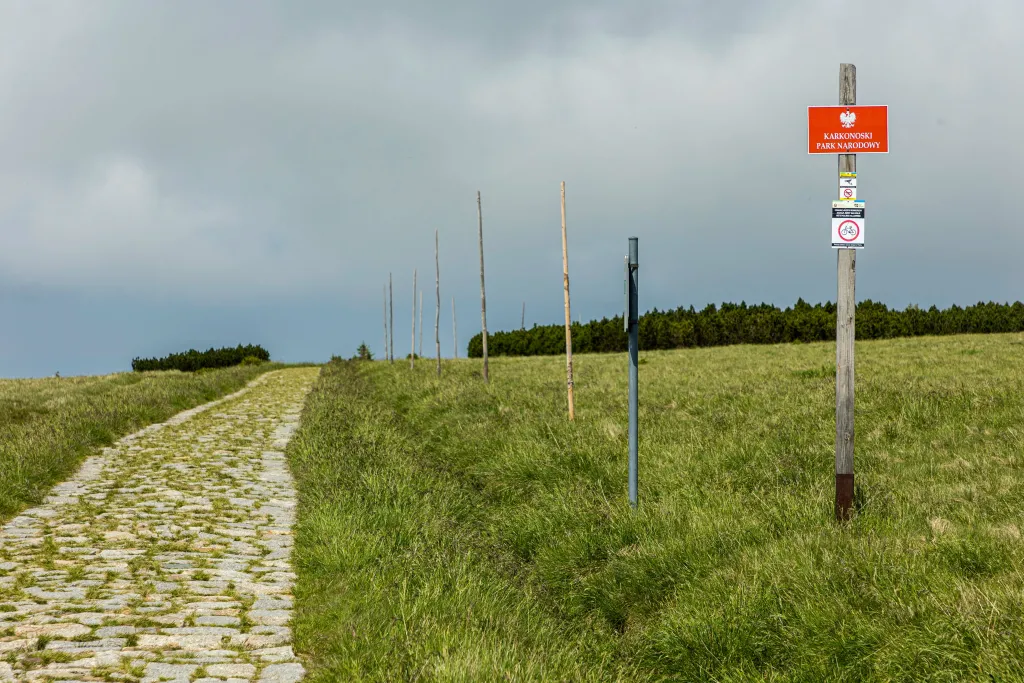 2/6Karpacz, 01.07.2022. The photo made on June 30 shows the peat bog on Równia pod Śnieżką. Credit: PAP/Aleksander Koźmiński
2/6Karpacz, 01.07.2022. The photo made on June 30 shows the peat bog on Równia pod Śnieżką. Credit: PAP/Aleksander Koźmiński -
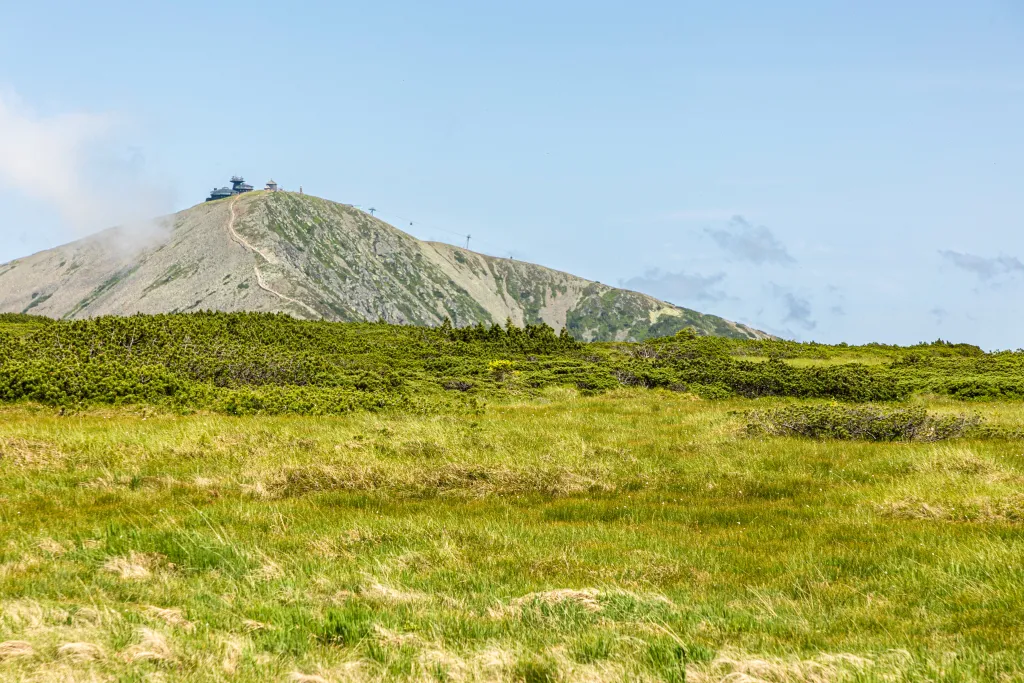 3/6Karpacz, 01.07.2022. The photo made on June 30 shows the peat bog on Równia pod Śnieżką. Credit: PAP/Aleksander Koźmiński
3/6Karpacz, 01.07.2022. The photo made on June 30 shows the peat bog on Równia pod Śnieżką. Credit: PAP/Aleksander Koźmiński -
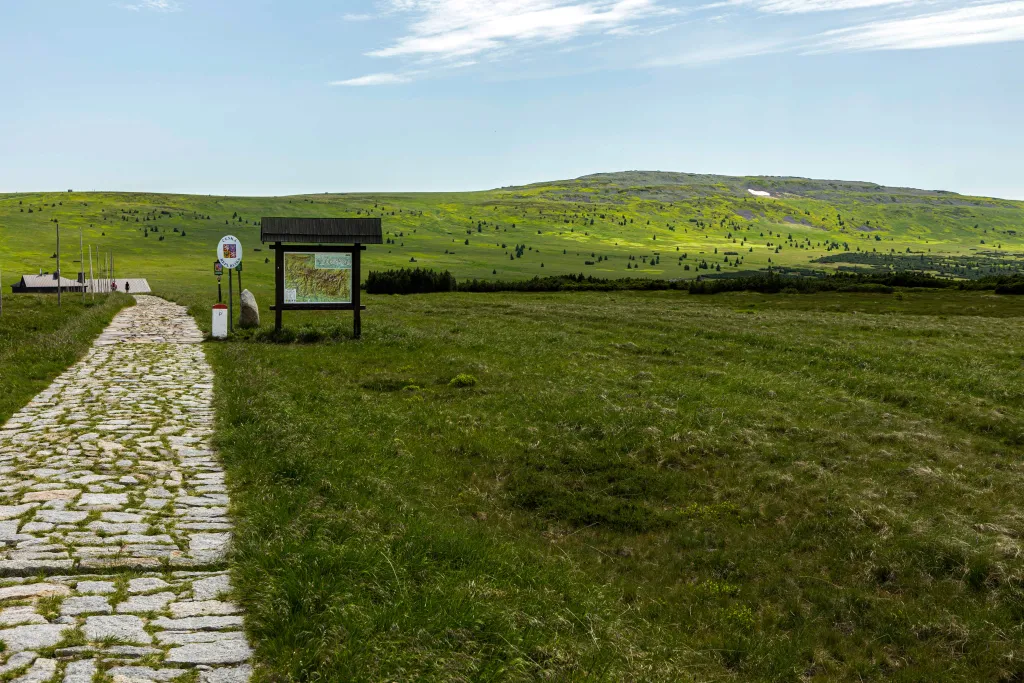 4/6Karpacz, 01.07.2022. The photo made on June 30 shows the peat bog on Równia pod Śnieżką. Credit: PAP/Aleksander Koźmiński
4/6Karpacz, 01.07.2022. The photo made on June 30 shows the peat bog on Równia pod Śnieżką. Credit: PAP/Aleksander Koźmiński -
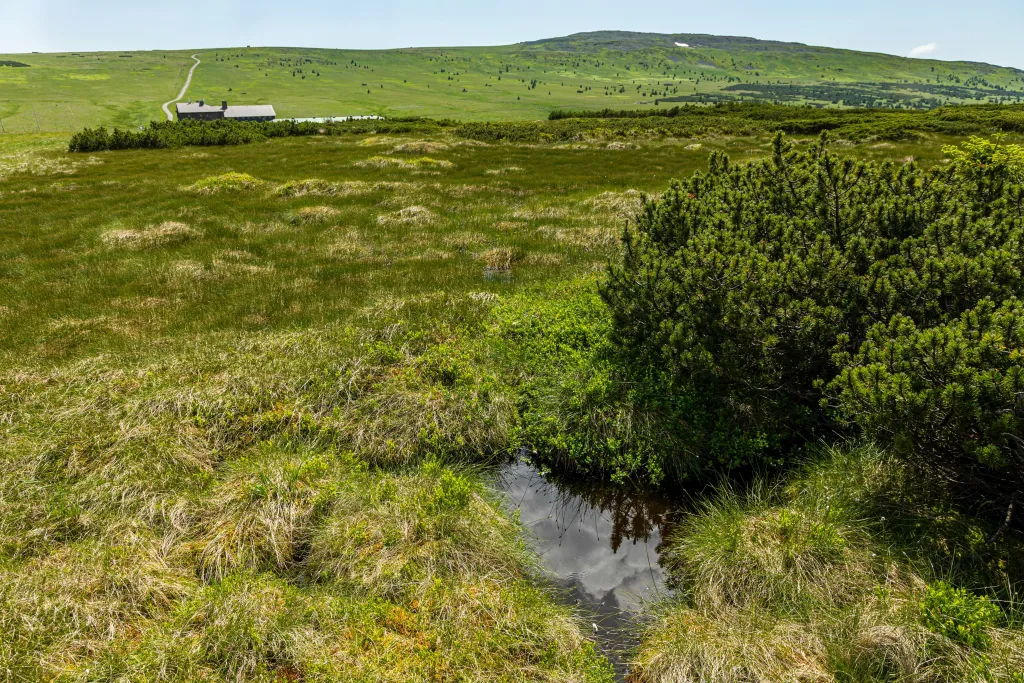 5/6Karpacz, 01.07.2022. The photo made on June 30 shows the peat bog on Równia pod Śnieżką. Credit: PAP/Aleksander Koźmiński
5/6Karpacz, 01.07.2022. The photo made on June 30 shows the peat bog on Równia pod Śnieżką. Credit: PAP/Aleksander Koźmiński -
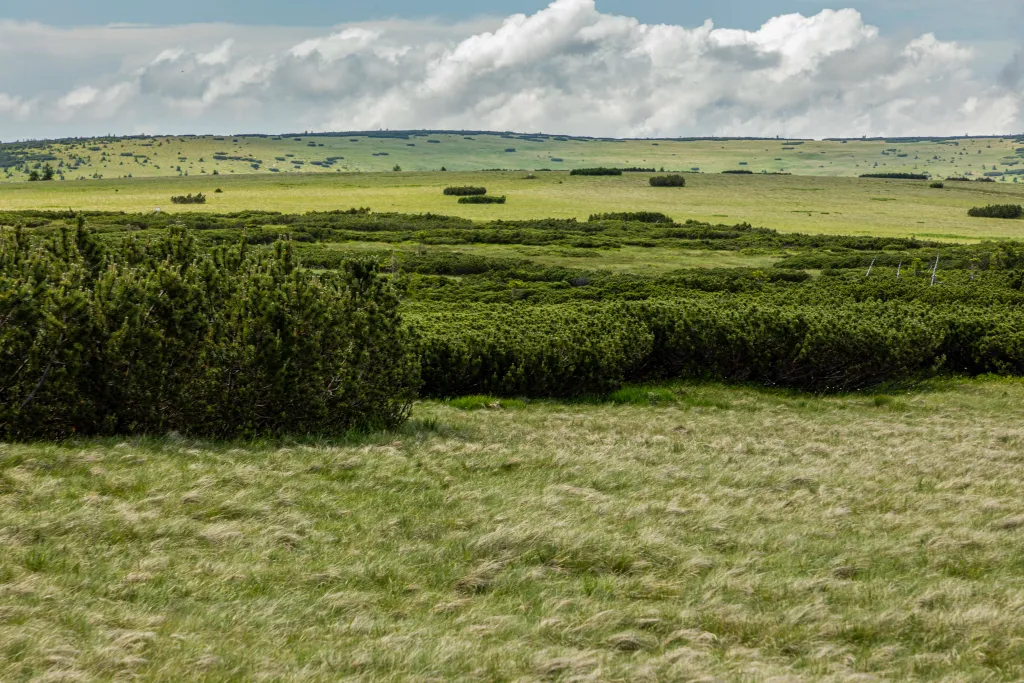 6/6Karpacz, 01.07.2022. The photo made on June 30 shows the peat bog on Równia pod Śnieżką. Credit: PAP/Aleksander Koźmiński
6/6Karpacz, 01.07.2022. The photo made on June 30 shows the peat bog on Równia pod Śnieżką. Credit: PAP/Aleksander Koźmiński

